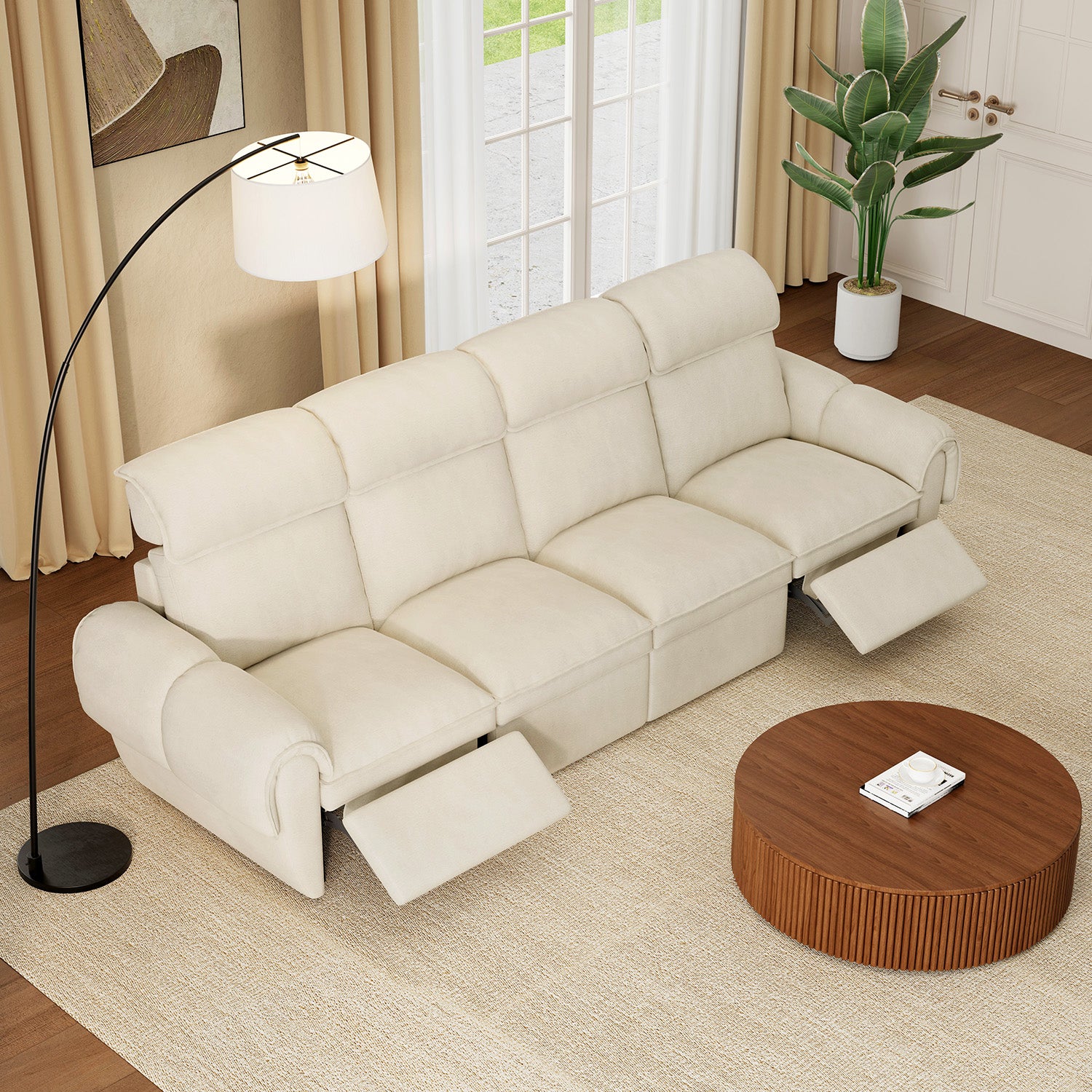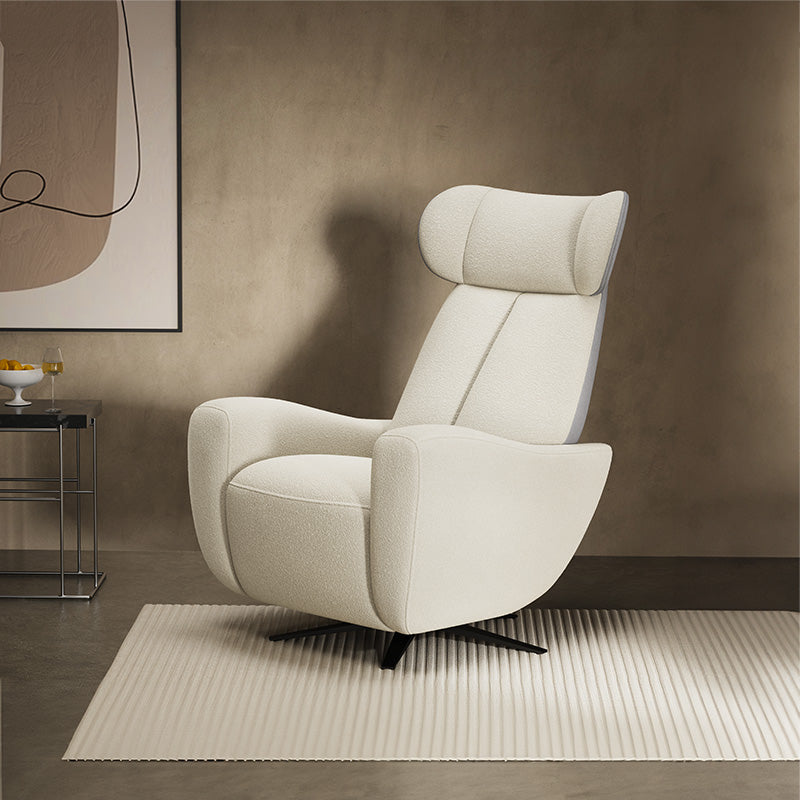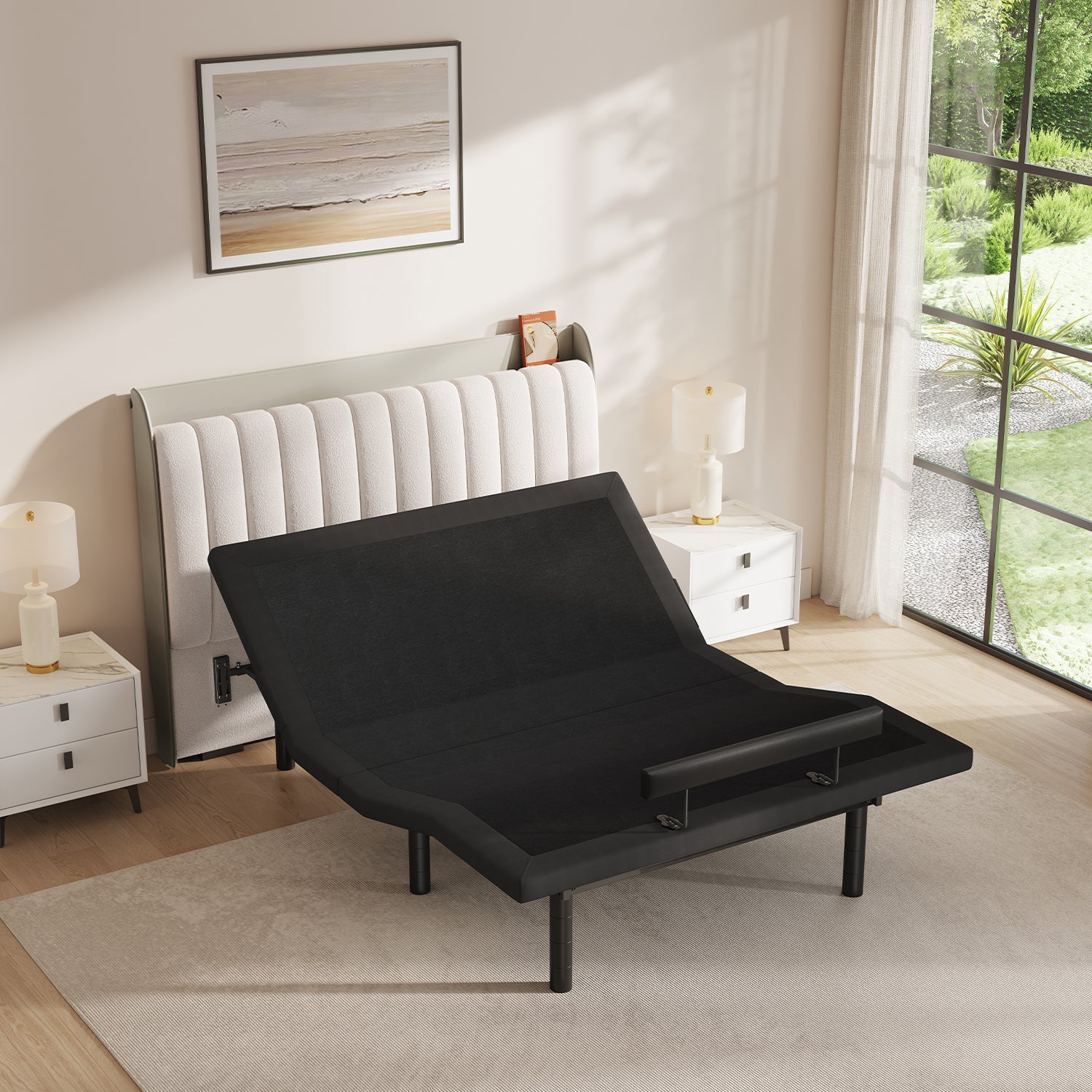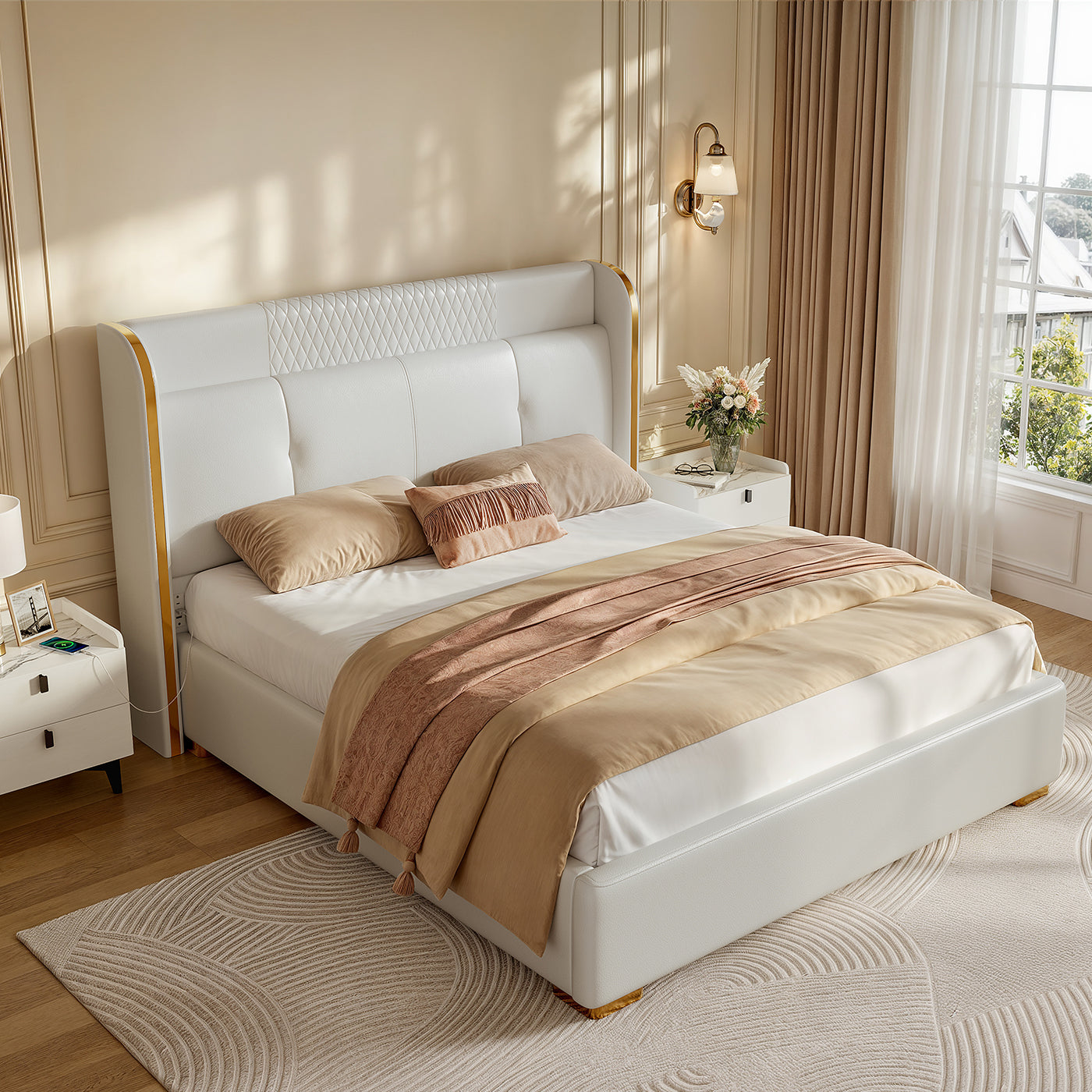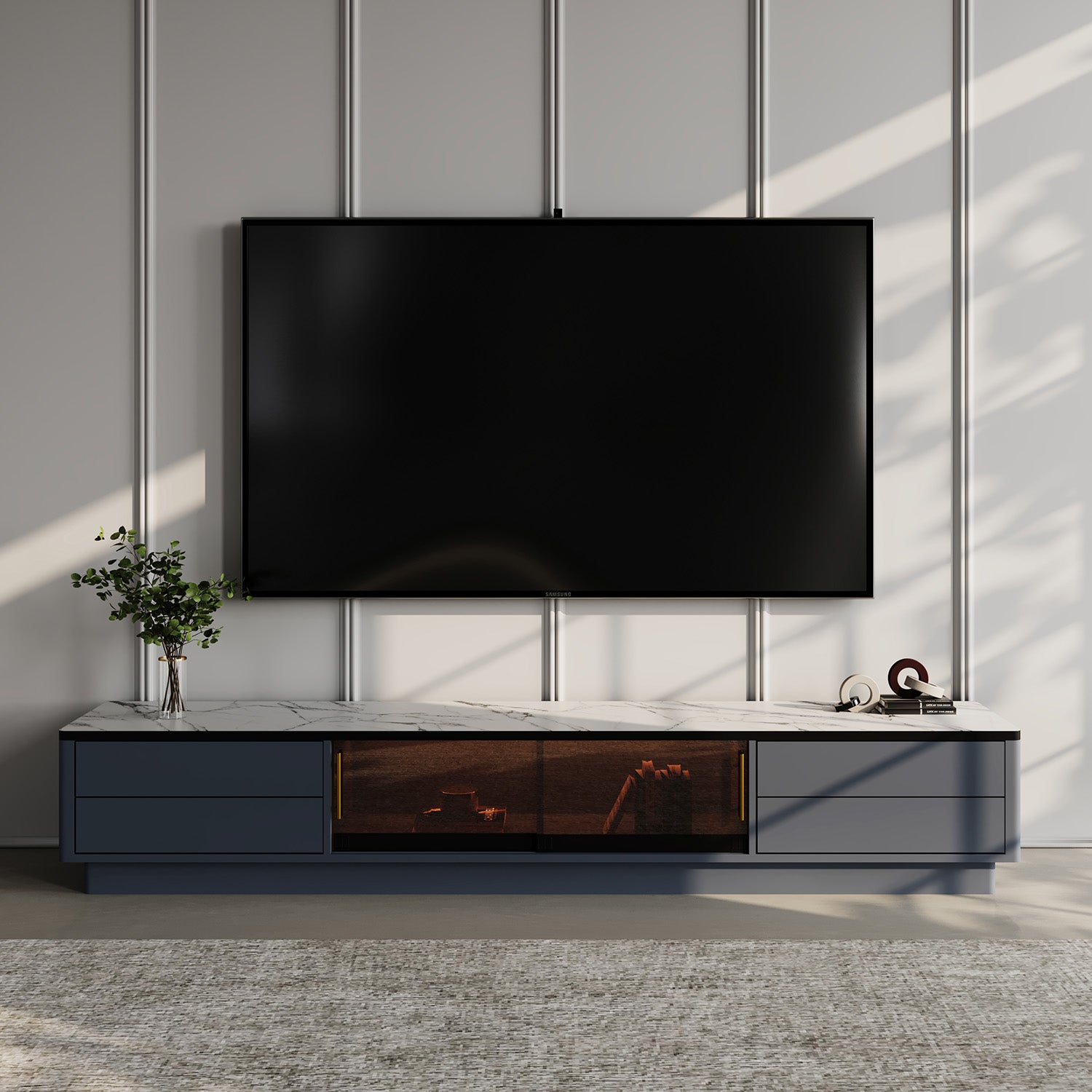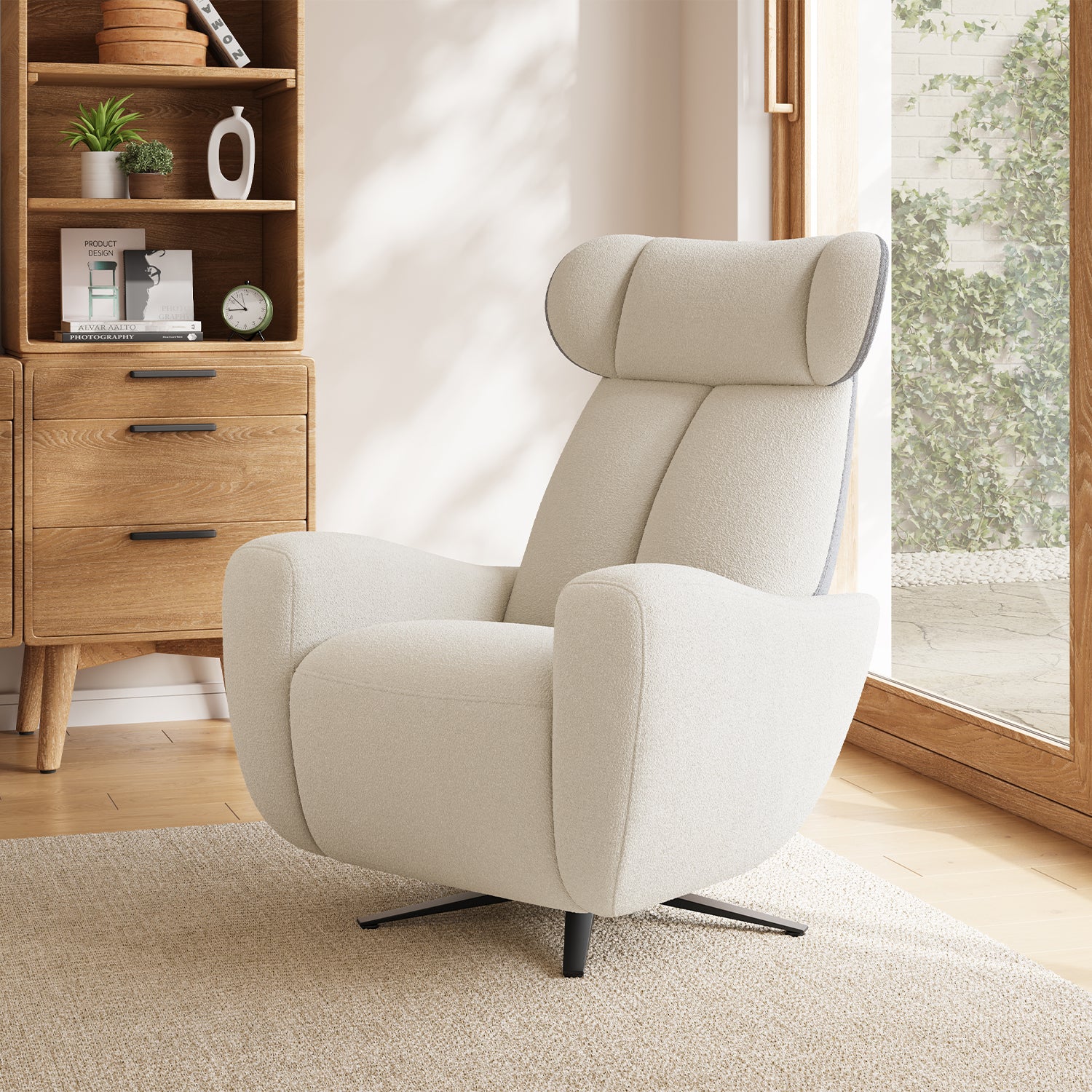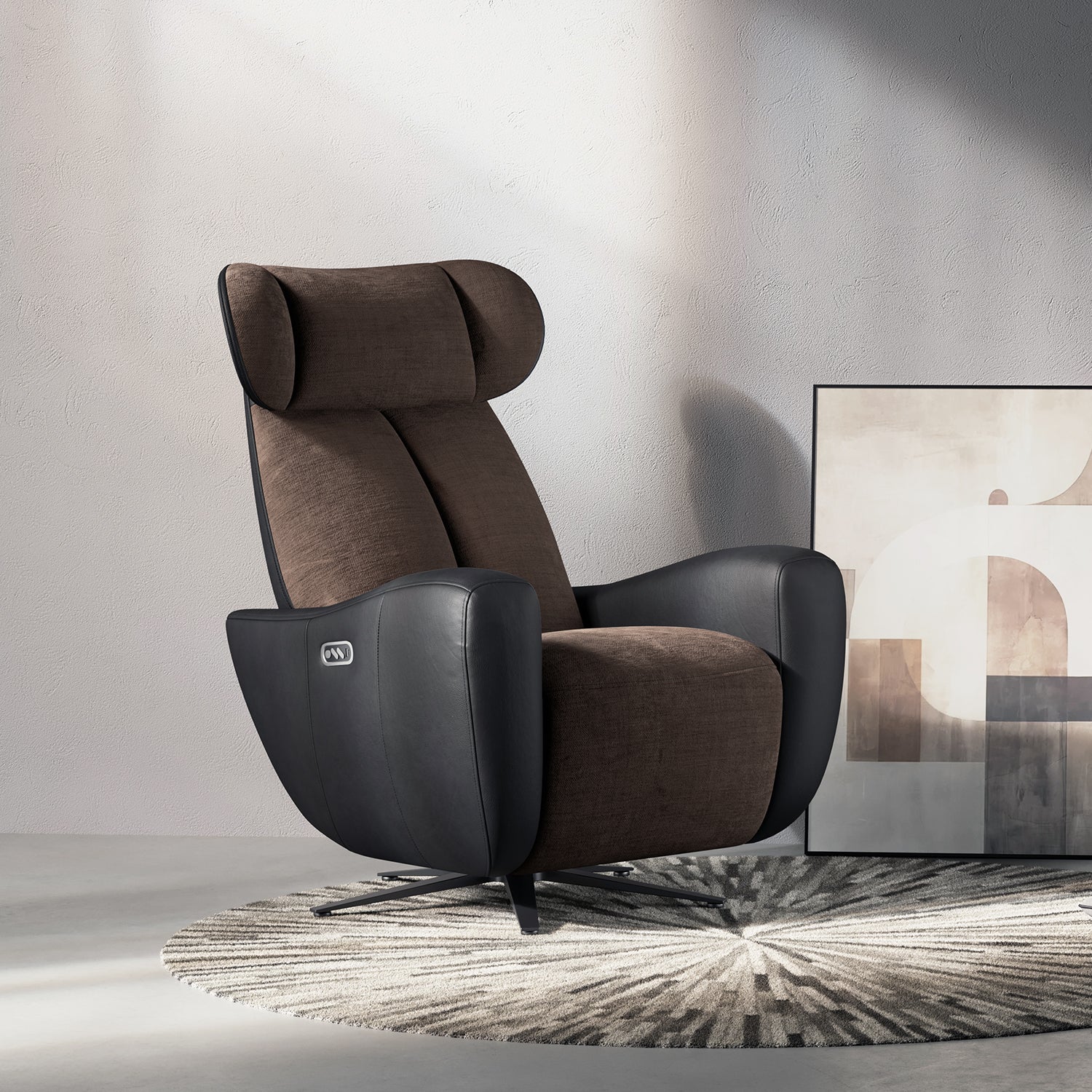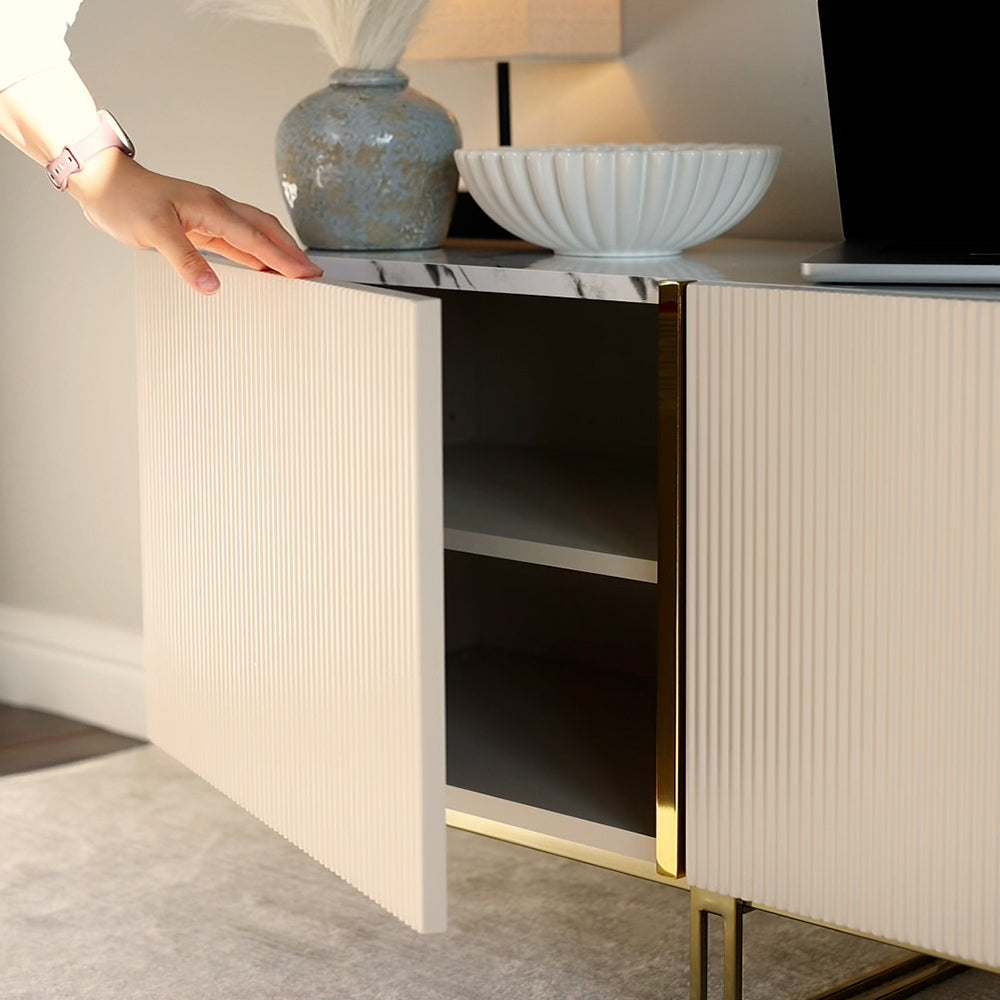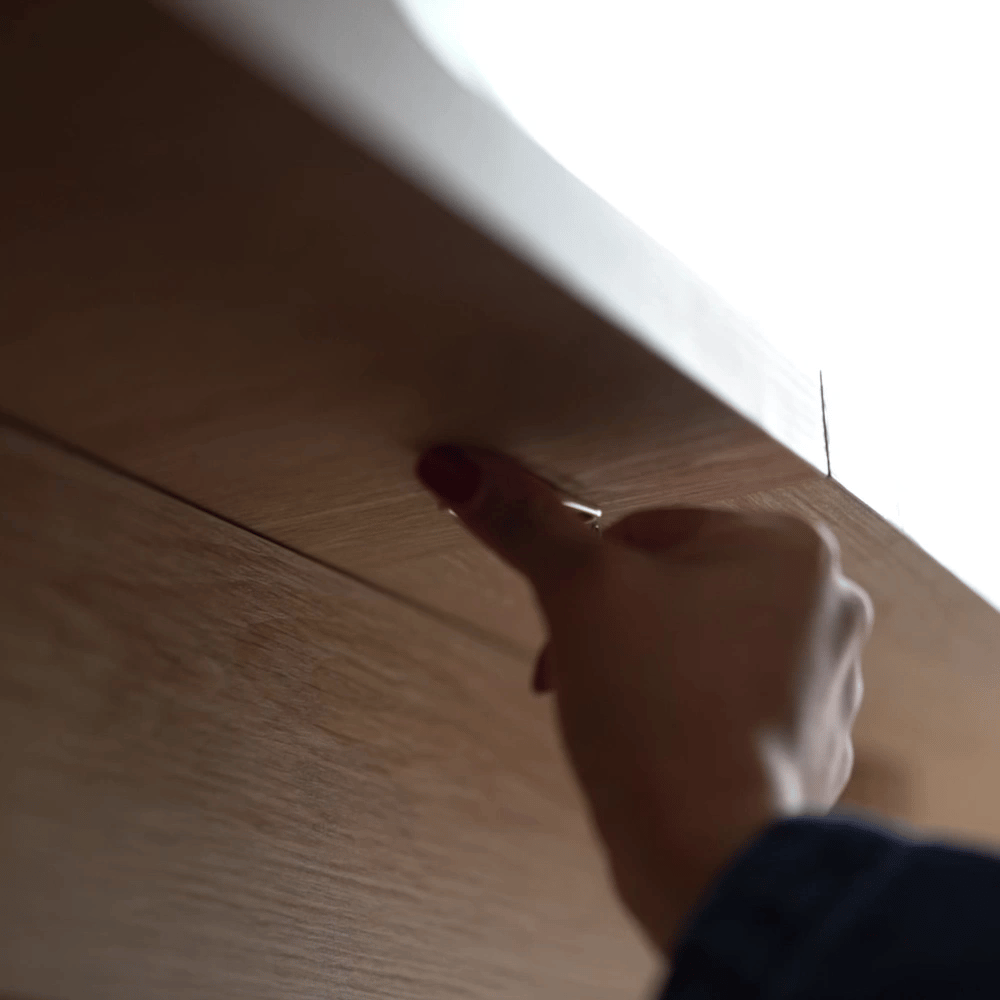Coffee spills on a couch can feel like a disaster, but with the right techniques and materials, you can remove coffee stains effectively. Whether your couch is fabric, leather, or microfiber, this guide will help you tackle those stains and keep your couch looking fresh. Let’s explore some proven methods to remove coffee stains, whether they’re fresh or have already dried.

Table of Content
1. Act Quickly for Best Results
One of the most important things to remember when dealing with coffee stains is to act as quickly as possible. Fresh coffee stains are much easier to remove than those that have had time to set in. Start by gently blotting the stained area with a paper towel or cloth to absorb as much liquid as possible. Avoid rubbing, as this can push the coffee deeper into the fabric and make the stain worse.
2. Identify Your Couch Material
Different types of materials require different cleaning methods, so it’s essential to know what kind of couch you have. Here’s a quick guide:
- Fabric couches can usually handle a water-based cleaning solution.
- Leather couches need a more delicate approach, often using a leather cleaner or a mixture that won’t damage the material.
- Microfiber couches may respond best to water or alcohol-based cleaners, depending on the manufacturer’s recommendations.
Check your couch's label, which typically has codes like "W" (water-safe), "S" (solvent-safe), or "W/S" (both water and solvent-safe), to understand which cleaning solution is suitable.
3. How to Remove Fresh Coffee Stains on a Fabric Couch
For fabric couches, a water and mild detergent solution works well for fresh coffee stains. Follow these steps:
- Step 1: Blot the stain with a dry, clean cloth to remove excess coffee.
- Step 2: In a bowl, mix a solution of one cup of cold water and a few drops of mild liquid dish soap.
- Step 3: Dip a sponge or cloth into the soapy water, wring it out, and gently dab the stain. Start from the outside of the stain and work your way toward the center to prevent the stain from spreading.
- Step 4: Use a clean, damp cloth to rinse the area, removing any soap residue.
- Step 5: Blot the area with a dry towel to remove excess moisture. Let the couch air dry, or use a fan to speed up the process.

4. Removing Dried Coffee Stains on Fabric
If the coffee stain has dried, you’ll need a slightly stronger approach. One effective method involves using vinegar and baking soda:
- Step 1: Dampen the stained area with a bit of water.
- Step 2: Sprinkle baking soda over the stain. Allow it to sit for about 10-15 minutes to absorb odors and start loosening the stain.
- Step 3: In a spray bottle, mix equal parts white vinegar and water.
- Step 4: Spray the vinegar solution onto the stain and let it fizz for a few minutes.
- Step 5: Blot the area with a damp cloth to remove the baking soda and vinegar mixture.
- Step 6: Repeat if necessary, then let the area air dry.
This vinegar-baking soda solution can work wonders for stubborn coffee stains.
5. How to Remove Coffee Stains on Leather Couches
Leather couches require special care, as certain cleaning solutions can cause damage. Here’s how to clean coffee from leather upholstery:
- Step 1: Quickly blot up as much coffee as possible using a clean cloth.
- Step 2: Create a gentle cleaning solution by mixing a few drops of mild soap with warm water.
- Step 3: Dampen a cloth in the soapy water, then gently wipe the stained area. Avoid soaking the leather, as too much moisture can damage it.
- Step 4: Rinse the cloth with clean water, wring it out, and wipe away any soap residue.
- Step 5: Dry the area with a soft towel, and allow it to air dry fully.
- Step 6: To keep the leather looking its best, apply a leather conditioner once the area is dry.
If the stain persists, consider using a commercial leather cleaner. Always test in an inconspicuous spot first to ensure it won’t discolor the leather.
6. Removing Coffee Stains on Microfiber Couches
Microfiber is a durable fabric, but it’s sensitive to water marks. For coffee stains, try using rubbing alcohol, which won’t leave water stains behind.
- Step 1: Blot up as much coffee as possible using a clean cloth.
- Step 2: Fill a spray bottle with rubbing alcohol and lightly spray the stained area.
- Step 3: Use a clean sponge to blot and lift the stain gently.
- Step 4: Let the area dry, then use a soft-bristled brush to restore the microfiber’s texture.
Alcohol evaporates quickly and shouldn’t damage the microfiber. However, always spot-test before applying to a visible area.
7. Using Commercial Cleaners for Stubborn Stains
If home remedies don’t work, a commercial upholstery cleaner can be effective on coffee stains. Look for products labeled for your specific couch material, whether it’s fabric, leather, or microfiber.
- Step 1: Follow the manufacturer’s instructions carefully, as different products require different approaches.
- Step 2: Apply the cleaner only to the stained area and avoid over-saturating the fabric or leather.
- Step 3: Blot with a clean cloth, and make sure the area is thoroughly rinsed if required.
Professional cleaners are often stronger than homemade solutions, so only use them when other methods fail.
8. Preventing Future Coffee Stains on Your Couch
After cleaning your couch, consider these preventive steps to avoid future coffee stains:
- Use slipcovers: Slipcovers are removable, making them easy to wash if spills occur.
- Apply fabric protectant: Products like Scotchgard can provide a protective barrier, making it easier to clean spills before they stain.
- Keep a throw blanket on your couch: Throw blankets can catch spills, and they’re easier to clean than upholstery.
- Use spill-proof mugs when drinking coffee on the couch.
Taking these simple precautions can help keep your couch in great condition for years to come.
9. Conclusion
Coffee stains don't have to ruin your couch. By acting quickly, using the right cleaning methods for your couch’s material, and following a few preventative steps, you can keep your furniture looking fresh and inviting. Whether you choose home remedies like vinegar and baking soda or use a specialized upholstery cleaner, there’s a solution for every type of couch and stain. With these techniques, coffee spills will be a minor inconvenience rather than a major issue, allowing you to enjoy your coffee worry-free on your favorite couch.
If you want to buy our home furniture or couch for living room, you can check out more on our store



